- home
- Articles
- Architectural Portfolio
- presentation
- Architecture News
- visualization
- Freelance Architecture
- Schooling
- Parametric Design
- Landscape Architecture
- Construction
- Interior Design
- Schooling
- Artificial Intelligence
- sketching
- Design Softwares
- diagrams
- writing
- Architectural Tips
- Roofing
- sustainability
- courses
- concept
- technology
- projects
- visualization
- Competitions
- Store
- Contact
- My account
- home
- Articles
- Architectural Portfolio
- presentation
- Architecture News
- visualization
- Freelance Architecture
- Schooling
- Parametric Design
- Landscape Architecture
- Construction
- Interior Design
- Schooling
- Artificial Intelligence
- sketching
- Design Softwares
- diagrams
- writing
- Architectural Tips
- Roofing
- sustainability
- courses
- concept
- technology
- projects
- visualization
- Competitions
- Store
- Contact
- My account

Begin Your Journey: How to Get Started with Tiny House Movement in USA
The tiny house movement is taking the USA by storm, offering a minimalist lifestyle that promises freedom and financial flexibility. As we face rising housing costs and a growing desire for sustainable living, more of us are drawn to the charm of downsizing our living spaces.
But where do we begin? From understanding zoning laws to selecting the perfect design, diving into the tiny house world can seem daunting. Let’s explore the essential steps to get started, ensuring our journey to tiny living is as smooth and rewarding as possible.

Table of Contents
ToggleUnderstanding The Tiny House Movement
The tiny house movement revolves around living simply in small, efficient homes. Originating in the late 1990s, it gained momentum during the financial crisis of 2007-2008. This lifestyle emphasizes minimalism, sustainability, and financial freedom.
History of the Movement
The concept of tiny houses dates back to early American pioneers who built small cabins. In modern times, it became a formal movement thanks to visionaries like Jay Shafer, who founded the Tumbleweed Tiny House Company. This helped popularize the idea of living in less than 400 square feet.
Core Principles
- Minimalism: Focus on owning fewer possessions, prioritizing quality over quantity.
- Sustainability: Opt for eco-friendly materials and energy-efficient designs.
- Financial Freedom: Reduce expenses by eliminating mortgage debt and lowering utility bills.
- Community Living: Emphasize social interactions and shared resources.
Benefits
- Cost-Effective Living: Tiny houses reduce housing costs, often under $50,000, compared to traditional homes.
- Lower Environmental Impact: Smaller homes require fewer resources and less energy.
- Flexibility: Tiny houses can be mobile, allowing for a nomadic lifestyle.
- Zoning Laws: Many areas have restrictions on the minimum size of dwellings.
- Financing: Traditional mortgages are usually not available; alternative financing options are necessary.
- Space Constraints: Adapting to a smaller living space requires significant lifestyle changes.
Understanding the tiny house movement provides a foundation for anyone interested in adopting this minimalist and sustainable lifestyle. Focusing on its history, core principles, benefits, and challenges prepares us for a smoother transition into tiny living.
Benefits Of Joining The Tiny House Movement
Embracing the tiny house movement in the USA offers numerous advantages. Let’s look into some specific benefits.

Financial Freedom
We gain financial flexibility by adopting a tiny house lifestyle. The cost of building a tiny home averages between $10,000 and $40,000, depending on size and materials, compared to traditional houses. Lower utility bills, reduced maintenance costs, and minimal property taxes also contribute to significant savings. This reduced financial burden allows us to allocate funds toward travel, experiences, or other priorities.
Environmental Impact
Opting for a tiny home leads to a lower environmental footprint. Tiny houses consume fewer resources during construction, often utilizing reclaimed or sustainable materials. These homes also require less energy for heating and cooling due to their smaller size. Practices like solar panel installations and composting toilets further enhance sustainability. This reduced consumption of resources helps us significantly lessen our impact on the planet.
Simplified Living
A tiny house encourages a simpler, more organized lifestyle. With limited space, we curate our belongings and focus on essentials. This minimalistic approach reduces clutter, leading to less cleaning and maintenance. A simplified environment enhances mental clarity and reduces stress, contributing to an overall improved quality of life. By living with less, we can enjoy more freedom and flexibility in our daily lives.
Legal Considerations And Zoning Laws
Understanding legal considerations and zoning laws is crucial for those of us joining the tiny house movement in the USA. Different regions have varied regulations, and it’s important to know how these impact tiny house living.
State Regulations
State regulations dictate the permissibility of tiny houses. Some states, like California and Texas, have more progressive tiny house laws. For instance, California permits tiny houses as accessory dwelling units (ADUs). Texas, especially in cities like Spur, encourages tiny house development. Comparatively, other states like Wyoming have stringent regulations that may limit our options.
Local Zoning Laws
Local zoning laws influence where we can place our tiny homes. Urban areas might have severe restrictions, while rural areas offer more flexibility. For example, in Portland, Oregon, tiny houses on wheels are allowed in designated residential zones. However, in New York City, stringent zoning laws may restrict tiny house placements to certain areas or prohibit them altogether. Checking with local planning departments is essential.
Building Codes
Building codes ensure safety and compliance. The International Residential Code (IRC) includes Appendix Q for tiny houses, establishing specific standards. These standards cover ceiling heights, loft dimensions, stairs, and emergency exits. Many states and municipalities adopt these standards, but verification is necessary. Understanding and adhering to these codes will ensure our tiny homes are safe and compliant.

Finding The Right Tiny House For You
Selecting the ideal tiny house involves understanding various options and making informed decisions. We’ll explore the types and the choice between buying or building your tiny home.
Types Of Tiny Houses
Tiny houses come in several forms, each offering unique benefits:
- Tiny Houses on Wheels (THOWs): These homes are built on trailer platforms, allowing mobility. Ideal for nomadic lifestyles.
- Tiny Houses on Foundations: Built on permanent foundations, these offer stability and can be integrated into various community settings.
- Container Homes: Constructed from shipping containers, these homes are durable and often quicker to build.
- Bus Conversions: Converted buses offer mobility and often come with more space compared to other tiny homes.
- Prefab Tiny Homes: Manufactured off-site and transported to your location, these homes require less on-site construction.
Buying Vs. Building
Choosing whether to buy or build depends on several factors:
- Buying: Offers convenience and saves time. Prefab homes and THOWs are common choices. Ideal for those wanting a move-in-ready solution.
- Building: Provides customization. Owners can design layouts, choose materials, and ensure sustainable practices. Suited for those with construction skills or those hiring professional builders.
Deciding between buying or building impacts timelines, costs, and customization levels.

Financing Your Tiny House
Securing funds for your tiny house demands a well-thought-out plan. With mindful budgeting and exploring various financing options, the dream of owning a tiny house becomes attainable.
Budgeting Tips
Creating a detailed budget ensures effective financial planning. We should first outline all potential expenses, including construction, land, permits, and utilities. Track every cost for clarity and control over the project. Consider setting aside an emergency fund to cover unexpected expenses. Using a budget tracking tool or app can facilitate this process.
Energy efficiency can result in long-term savings. Consider investing in solar panels and energy-efficient appliances. These initial investments may increase upfront costs but reduce monthly living expenses, making them worthwhile.
Loan And Financing Options
Several financing avenues are available for tiny house enthusiasts. Personal loans, RV loans, and specialized tiny house loans are common options. Personal loans typically require good credit scores and offer flexibility on usage. RV loans can apply to Tiny Houses on Wheels (THOWs), treating them as recreational vehicles, thus possibly securing better interest rates.
Additionally, some financial institutions now offer tiny house-specific loans. For instance, LightStream provides loans specifically for tiny homes, presenting more tailored repayment plans. Crowdfunding platforms and community loans also serve as alternative funding sources, though they may come with higher interest rates or specific terms.
Exploring these options, we can identify the best fit for our financial situation and purchase a tiny house confidently.
Building Your Tiny House
When building a tiny house, it’s crucial to plan meticulously and have the right tools and materials.
Essential Tools And Materials
Selecting the right tools and materials impacts your tiny house’s durability and functionality. Basic tools include a hammer, screwdrivers, a tape measure, and a level. Power tools like a circular saw, drill, and jigsaw streamline the process. Acquire safety gear like gloves, goggles, and a hard hat to ensure safe construction.
Necessary materials vary depending on the house type. Common materials include lumber, plywood, nails, and screws. Insulation plays a crucial role; consider environmentally friendly options like sheep wool or recycled denim. For the exterior, choose between materials like reclaimed wood, metal siding, or fiber cement. Sustainable options improve energy efficiency and reduce long-term costs.
Construction Process
A well-planned construction process ensures structural integrity and efficient use of time and resources. Start with designing a floor plan that maximizes space while ensuring comfort and functionality. Next, construct the foundation. For Tiny Houses on Wheels (THOWs), a sturdy trailer serves as the base. For those on foundations, ensure the foundation meets local zoning laws.
Framing the tiny house involves creating a skeleton using wooden beams. This step requires precision to ensure structural stability. Once framed, focus on roofing and siding to weatherproof the house. Install windows and doors to secure the interior.
The interior phase includes insulation, plumbing, electrical wiring, and wall finishes. Use space-saving solutions, like built-in furniture, to optimize the limited area. Finally, invest in quality finishes to enhance aesthetics and functionality. Ensure all systems, like water and electricity, comply with local building codes.
Following these steps helps create a durable, efficient tiny house tailored to specific needs.

Living In A Tiny House
Living in a tiny house offers unique lifestyle benefits such as minimalism, sustainability, and cost savings. Here, we’ll cover essential tips and address common challenges faced by tiny house dwellers.
Space-Saving Tips
Maximizing space in a tiny house requires innovative solutions. Multi-functional furniture items, such as sofas that convert to beds, are key. Vertical storage options, including shelves and hanging racks, utilize unused wall space. Foldable tables and chairs offer flexibility, allowing rooms to serve multiple purposes throughout the day. Loft areas can add valuable living or storage space without increasing the footprint. Hidden storage solutions, like under-stair drawers, help keep clutter at bay.
Addressing Challenges
Living in a tiny house comes with challenges that need careful consideration. One common issue is limited space, which can lead to clutter; however, a strict organization system ensures efficient use of space. Zoning laws vary by location, potentially hindering where tiny houses can be parked or built. Thorough research and consultation with local authorities can clear up these legalities. Climate control is another concern, since extreme temperatures can make small spaces uncomfortable; insulating the tiny house well and investing in a reliable heating and cooling system can mitigate these issues. Financing might be tricky, but exploring options like specialized tiny house loans or personal loans can solve this problem.
illustrarch is your daily dose of architecture. Leading community designed for all lovers of illustration and #drawing.
3 Comments
Submit your architectural projects
Follow these steps for submission your project. Submission FormLatest Posts
Top 5 Best Tiny House Building Companies in USA for Sustainable Small-Space Living
Discover the best tiny house building companies in the U.S. offering exceptional...
Discover the Benefits of Joining a Tiny House Community for a Simple, Sustainable Life
Discover the surprising benefits of joining a tiny house community! From affordability...
Exploring Popular Tiny House Communities in the US: Top Places for Minimalist Living
Discover the rise of tiny house communities in the US, blending affordability,...
Legal Guidelines for Tiny House Construction: What You Need to Know
Discover essential legal guidelines for tiny house construction, from zoning laws and...


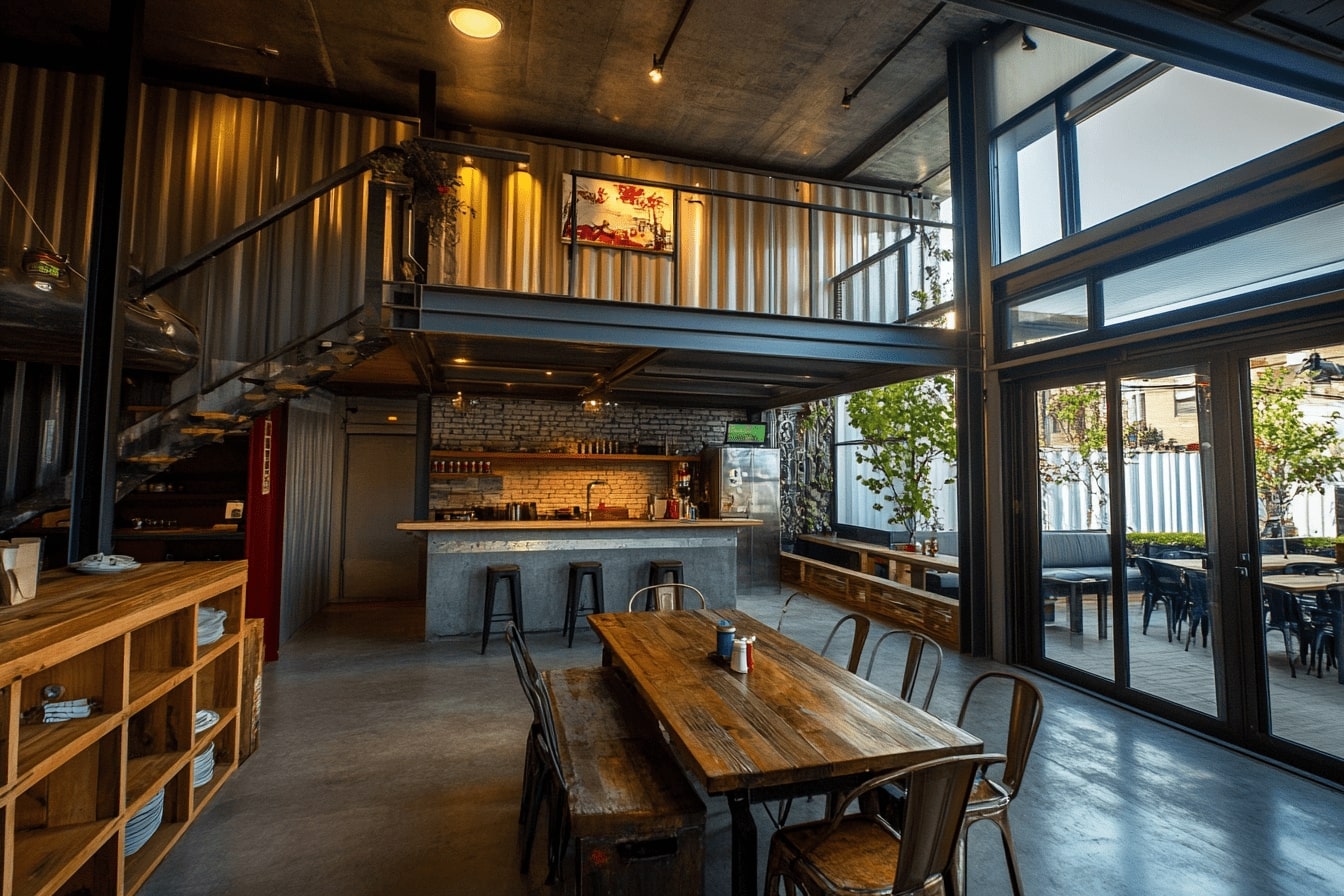



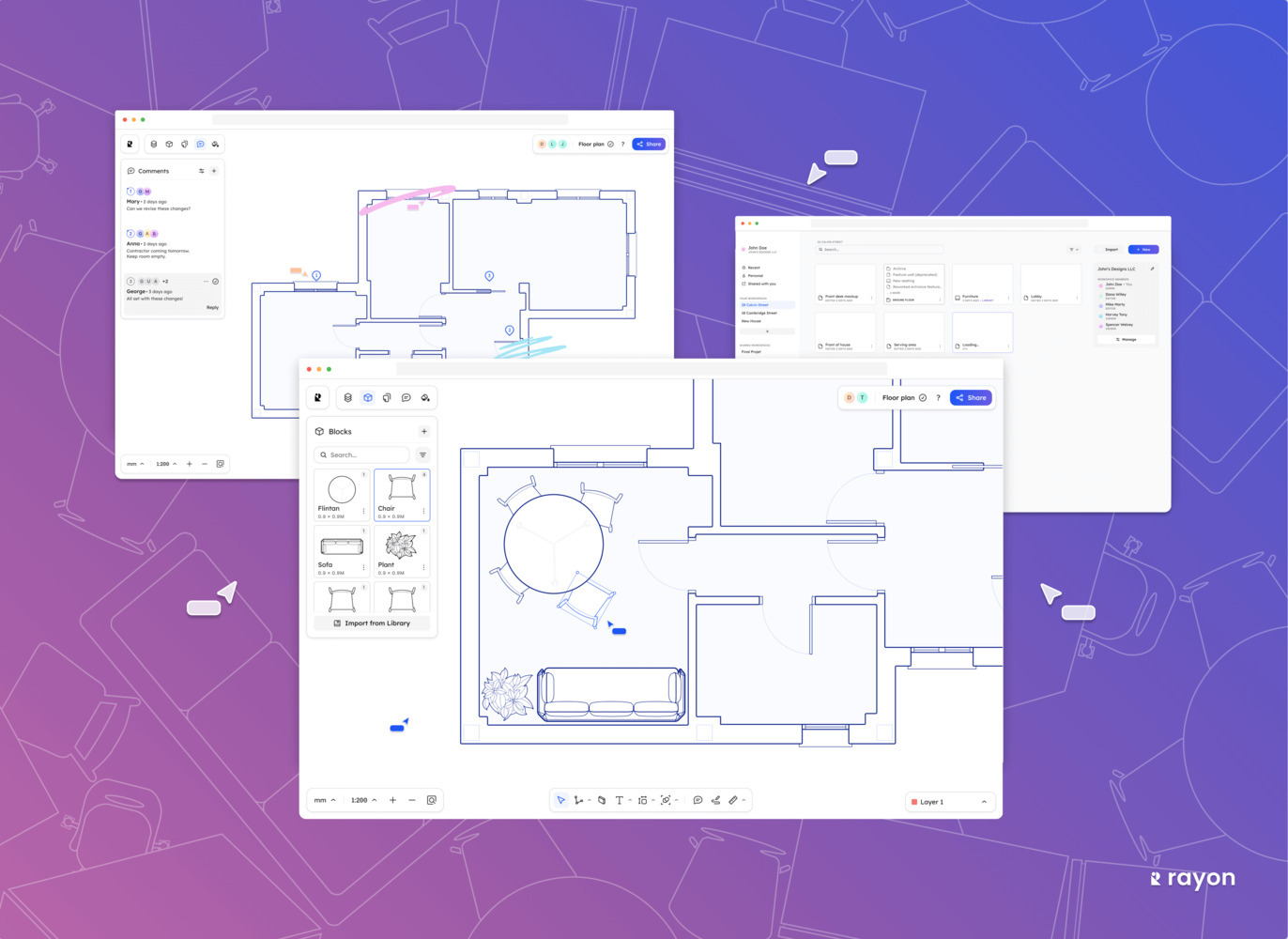

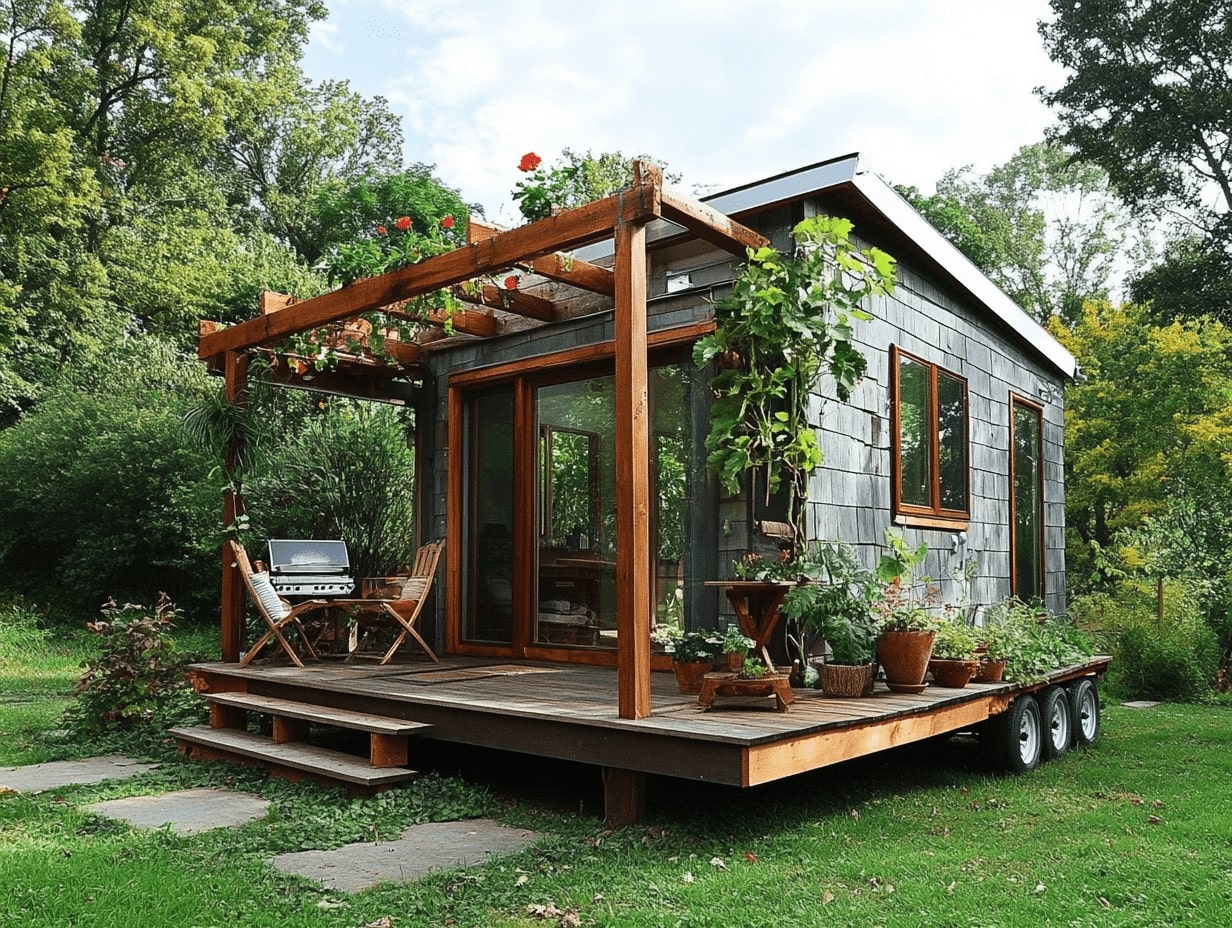
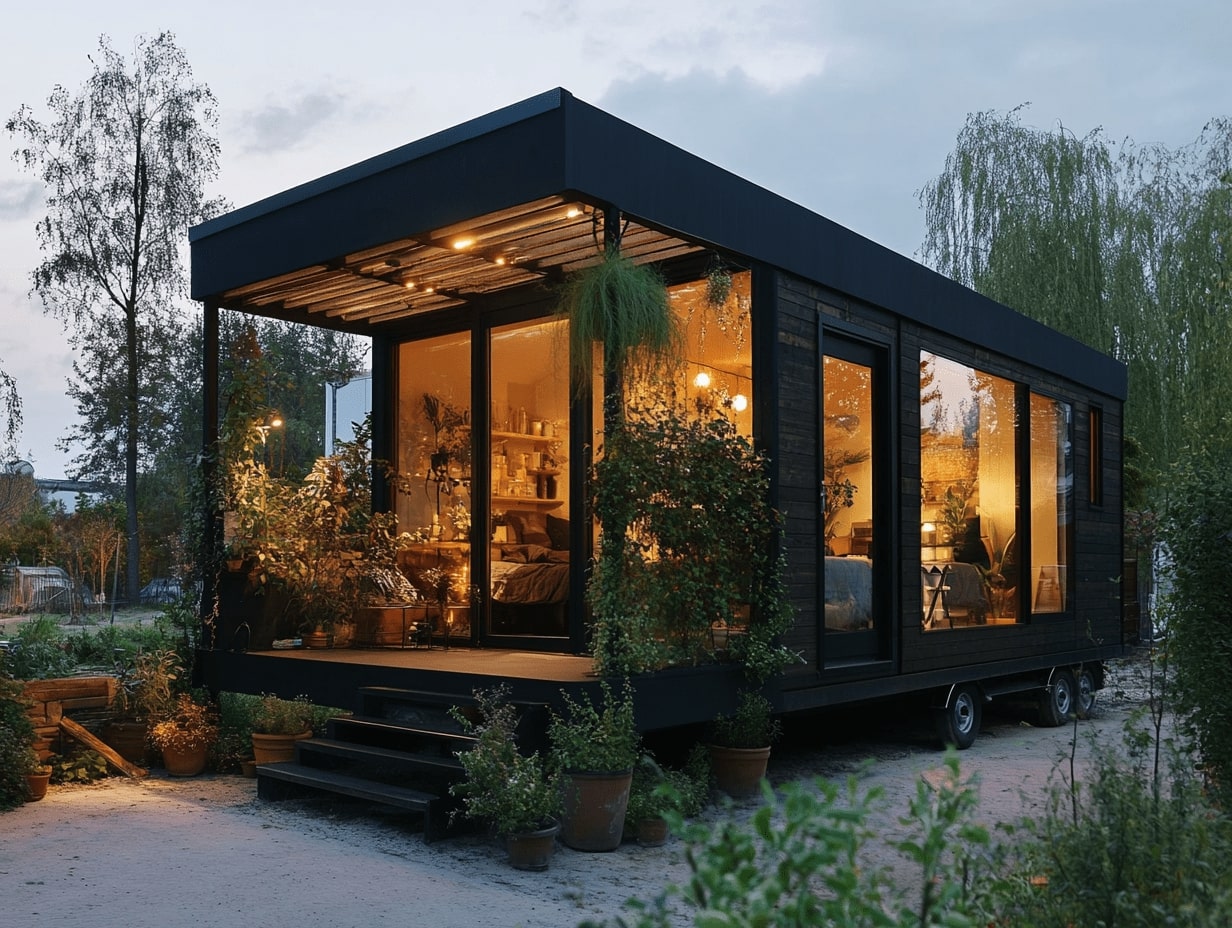
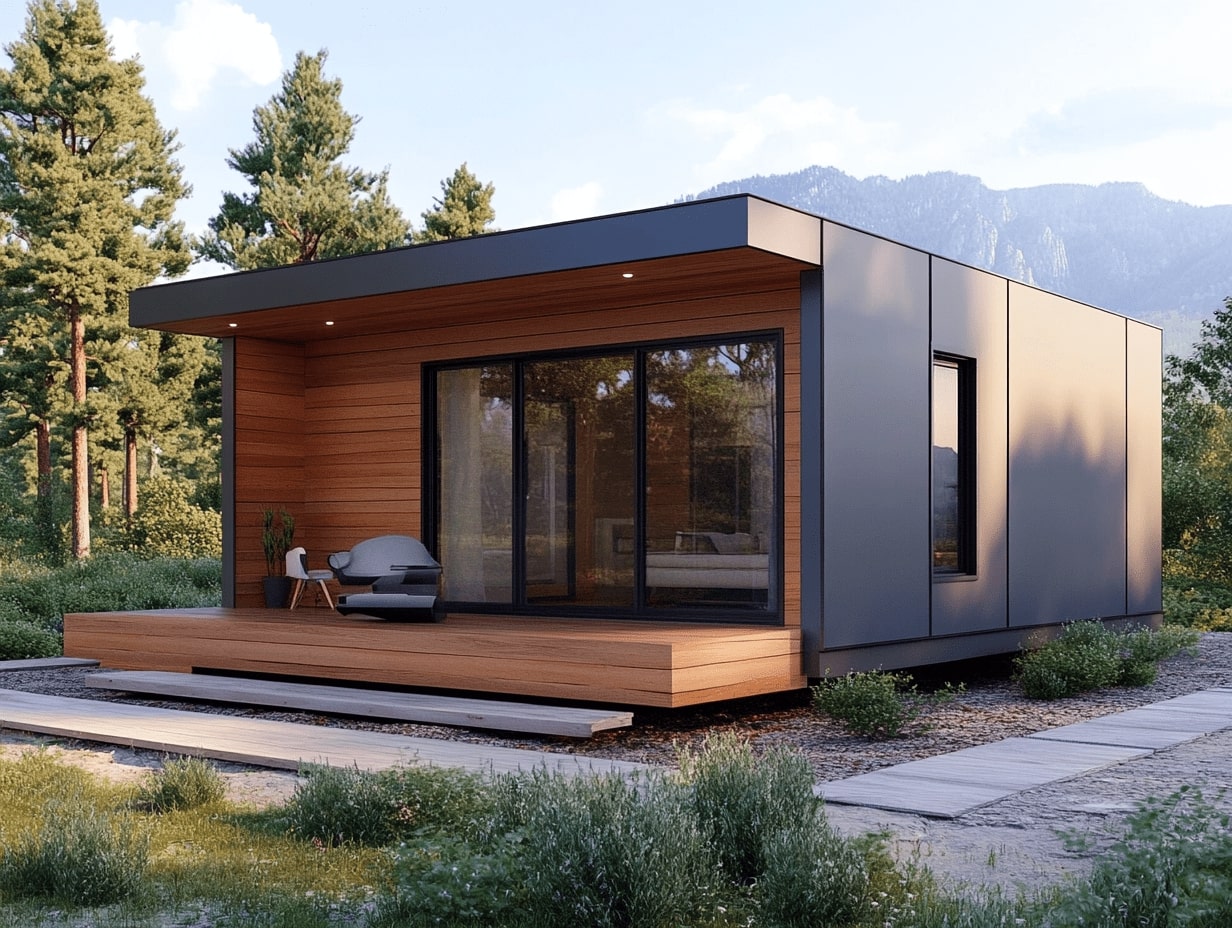
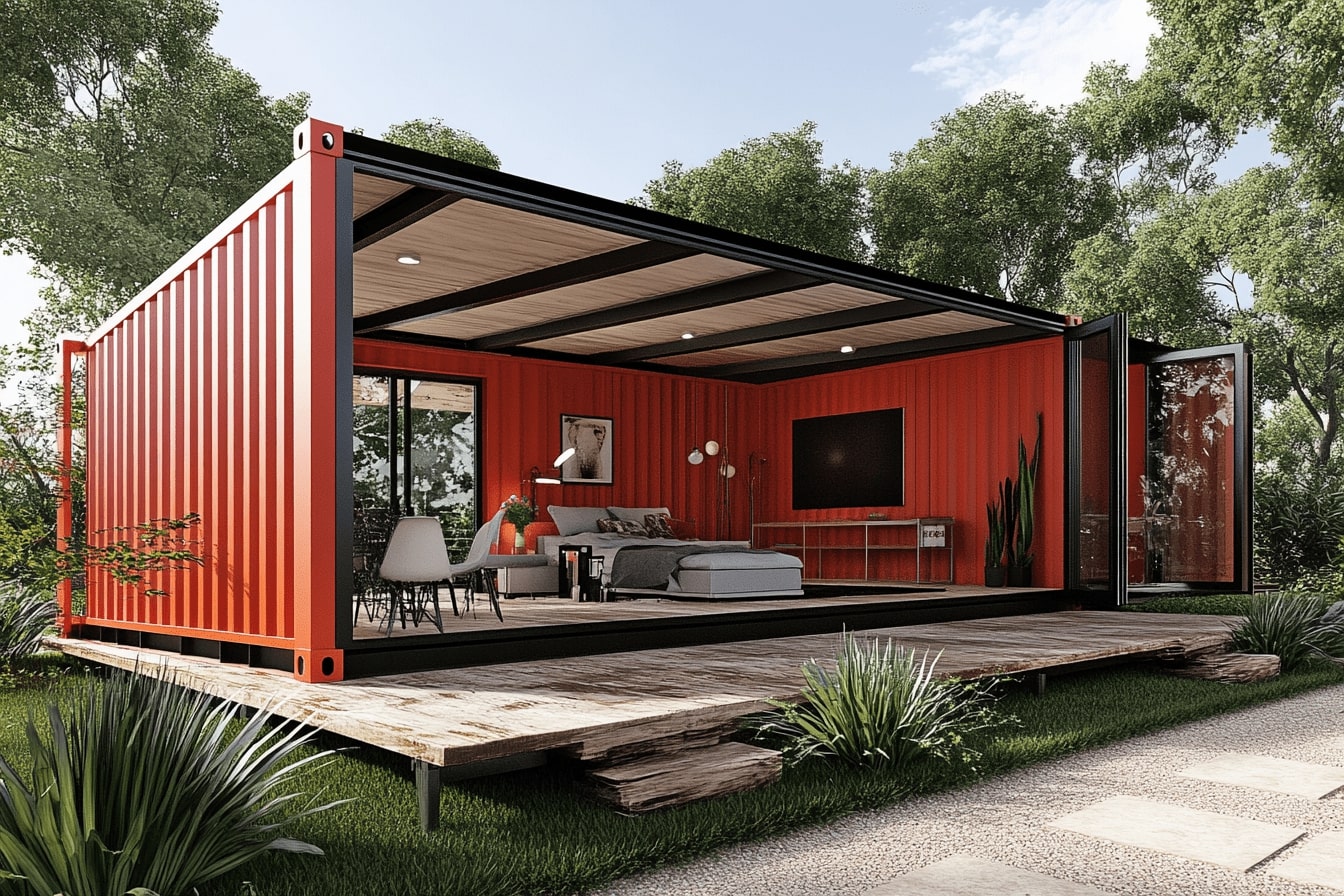
I found the article informative. It covers the basics of tiny houses and what to consider.
This post gives a good overview of the tiny house movement. It’s interesting to see the benefits and challenges.
The information about zoning laws is useful. I didn’t know there were so many factors to think about.